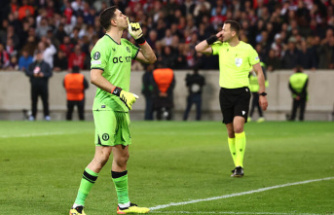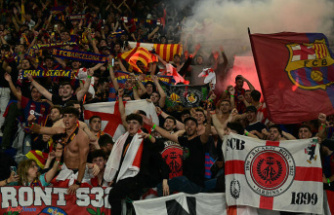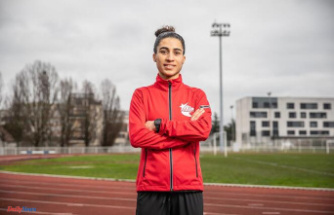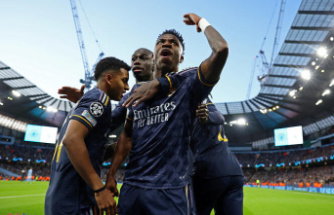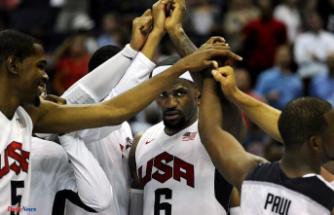Sign up for one of our email newsletters.
Updated 1 hour ago
Maybe the NHL's solution for its ongoing ice-quality issues at some of its 30 home rinks is to move all the games outside.
At least, if reports from Penguins players concerning the ice quality at Heinz Field on Saturday night are to be believed.
“The (ice) conditions,” Penguins veteran Matt Cullen said, “were awesome.”
“Honestly, the ice was really good,” Penguins defenseman Chad Ruhwedel said. “Everybody was raving about it.”
Thirteen days after league ice guru Dan Craig arrived with his crew in Pittsburgh armed with even-handed assurances and relaxed promises that the elements weren't going to adversely affect on-ice product, Mother Nature finally cooperated — in terms of temperature — with arguably the most ideal evening for an outdoor hockey game.
It was 36 degrees at faceoff, and flurries — mostly light, but at times, moderate — flew during parts of the game, particularly the first period of what ended with a 4-2 Penguins win over the Philadelphia Flyers in the Stadium Series contest.
At one point less than midway through the first period, a wave of snow dust a few feet high drifted across the ice surface through the neutral zone, blowing east to west.
But, according to the players, that was more the exception than the norm, at least relative to ice quality for rank-and-file NHL games.
Players never have been too shy to complain about poor ice surfaces in a league in which teams typically share arenas with basketball teams and a host of other events, oftentimes in warm climates and/or during warm times of the year.
Craig insisted last week that his standards for the ice quality during outdoor games would meet or exceed what he strives for in conventional indoor venues.
According to the Penguins, he backed up that claim.
“Overall the conditions ended up being really good,” captain Sidney Crosby said. “The ice was good. It was fast. And it was good hockey.”
In a nod to the wind and the potential advantage it could lend a team, the NHL elected to split the third period into two 10-minute sessions, with the teams switching goals to defend.
“You don't really notice it much when you're playing, but when you were out there for warm-ups, you could definitely feel the wind,” Penguins defenseman Ian Cole said. “It was kind of blowing your blade around when you're trying to stickhandle. It was a weird feeling, not one I'd felt before — or at least for a while. It was blowing your stick and blowing the puck, which was pretty crazy.”
If the ice wasn't a factor and the wind was, a third element-related variable appeared to affect some players more than others — at least if their choice of headwear was any indication. Some players opted for ski mask-like head protection from the elements.
“The first period it was not comfy, hard to warm up,” said Penguins center Evgeni Malkin, one of the players who opted for bundling up. “A little bit cold. But after you are a little bit warm your body and second and third period, you do better skating.
“(The) ice was good today because it (was) cold. The ice (was) unbelievable.”
Our editors found this article on this site using Google and regenerated it for our readers.


